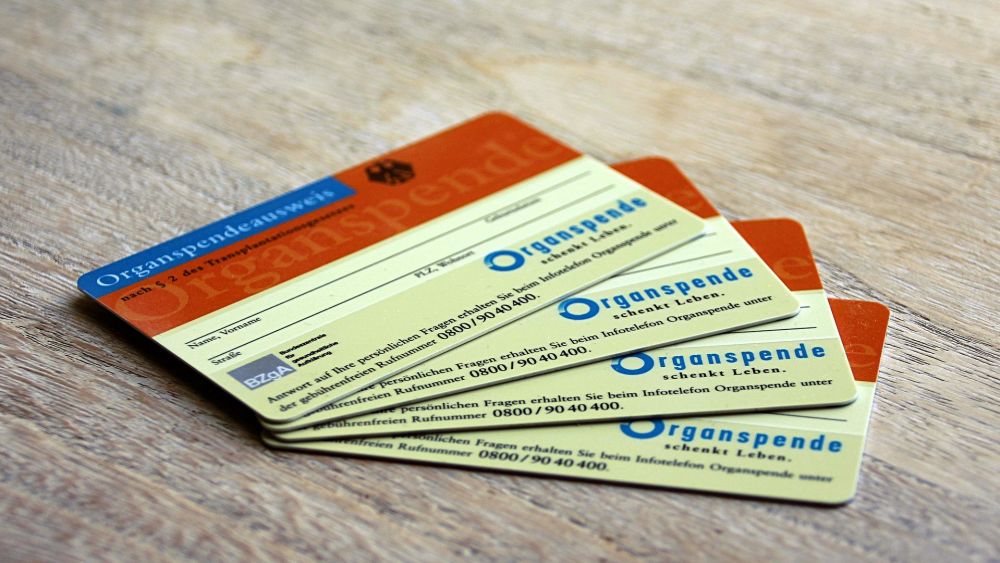Low-Cost Auto Insurance: Helping More Than Just the Poor
Greggory Moore | Moore Lowdown

image by: Pictures of Money
Although auto insurance is a legal requirement, 1 in 8 motorists don't have it. The reason: money. But California has a program to help those in need get on the right side of the law.
With a quarter-billion vehicles traversing U.S. roadways, it's hardly surprising that there are between 5.5 million and 6 million reported traffic accidents each year. While any car accident is bad news, with one out of every eight motorists driving without insurance, plenty of those accidents generate entirely avoidable problems for those involved.
There's a simple reason why a person wouldn't have insurance: it costs money, which for many of us is often in short supply. Naturally, those with the greatest socioeconomic challenges are those most likely to eschew insurance. But the California Low Cost Automobile Program (CLCA) exists to make it easier for just such people.
Modeled after the "Lifeline" program providing low-cost telephone service to low-income households, CLCA was established in 2000 in a state where the average auto liability insurance policy in a low-income area such as South Central Los Angeles was over $1,800. It was also the kind of place where uninsured motorists outnumbered insured motorists. But by capping the rate there at $450 ($562.50 for unmarried males ages 19–24), CLCA has the potential to be a game-changer.
Originally limited to a pilot program in Los Angeles and San Francisco Counties and confined to individuals whose household incomes were 150% of the national poverty line or lower, by 2007 CLCA was offered statewide and opened up to individuals making as much as 250% of poverty level, meaning that the current maximum qualifying annual income for a single individual is $29,700. Qualifying individuals must also be licensed drivers 19 years or older who have good driving records and not own a car worth over $25,000.
Offered by the California Department of Insurance, the legislation that brought the CLCA into being was authored by State Senator Martha Escutia, who pointed out the ethical imperative—never mind the practicality—of making a legal requirement like car insurance obtainable for all: "If auto insurance is mandated, then we ought to make auto insurance affordable. We can't make poor people criminals just because they need to drive to work."
Although the Department of Insurance is still compiling relevant data, it is probable that the passage of the Safe and Responsible Driver Act, which from January 2015 onward made it possible for California residents who are not U.S. citizens to obtain driver's licenses, has significantly added to the pool of motorists who qualify for CLCA. For example, in 2015 alone 605,000 persons obtained licenses under the provisions of the Safe and Responsible Driver Act.
Whatever the case, CLCA Program Manager Camille Dixon notes that, with approximately 3 million uninsured motorists traversing California roads, the CLCA can fulfill a significant need. "We think it's really important to make sure that everyone in the state of California is insured, so we are doing everything we can to make sure there are no uninsured drivers on the road, because accidents—no matter how small they are—can be devastating to the individual," she says. "So we want to make sure they don't have to come out-of-pocket [to pay for damages related to an accident], and that they don't have to make decisions about [choosing between] pay[ing] their water bill or having insurance. We're one of the largest consumer protection agencies in the nation, so we're very cognizant of that [type of dilemma]."
Moreover, the benefit of helping low-income individuals to obtain car insurance extends to society at large. For example, the Fiscal Times reports that in 2012 accident claims related to uninsured motorists totaled $2.6 billion, costs that " are passed on to insured drivers in the form of higher premiums." And this problem has been trending in the wrong direction, as the $2.6 billion figure reflects a 75% increase over such costs a decade ago.
Considering that over 96% of drivers who have enrolled in the CLCA thus far had no auto insurance previously, the CLCA obviously fulfills a need. Unfortunately, the program is yet to come anywhere near its potential to redress this problem in California, particularly outside of the Los Angeles area. Dixon reports that over the course of the CLCA's existence only about 110,000 drivers, have enrolled, with only 15,000 policies active policies as of year-end 2015.
Dixon speculates that a large part of this shortcoming is simply awareness, as the CLCA simply does not have the resources to advertise itself more broadly. "[Many eligible drivers] may not know about it," she says, "because we don't have the dollars to go into each and every county the way that we do in L.A."
Nonetheless, the Department of Insurance presses on, looking for ways to grow both awareness of the program and the program itself. Considering that there are 3 million uninsured motorists on California roads—a significant percentage of whom undoubtedly qualify for the program—but only 15,000 active CLCA policies, that increased awareness is sorely needed. Dixon reports that the CLCA is researching how best to implement SB 1273, legislation passed in 2014 that calls for the program to be extended to qualifying drivers aged 16–18, as well as considering a series of radio advertisements in Northern California.
In one sense, insurance is something you hope proves to be a waste of money. You pay for it, but you never want to cash in on the investment. However, accidents will happen, and it's healthier for all if we're all prepared for them when they do.
About the Author:
Except for a four-month sojourn in Comoros (a small island nation near the northwest of Madagascar), Greggory Moore has lived his entire life in Southern California. Currently he resides in Long Beach, CA, where he engages in a variety of activities, including playing in the band MOVE, performing as a member of RIOTstage, and, of course, writing.
His work has appeared in the Los Angeles Times, OC Weekly, Daily Kos, the Long Beach Post, Random Lengths News, The District Weekly, GreaterLongBeach.com, and a variety of academic and literary journals. HIs first novel, The Use of Regret, was published in 2011, and he is currently at work on his follow-up. For more information: greggorymoore.com

Introducing Stitches!
Your Path to Meaningful Connections in the World of Health and Medicine
Connect, Collaborate, and Engage!
Coming Soon - Stitches, the innovative chat app from the creators of HWN. Join meaningful conversations on health and medical topics. Share text, images, and videos seamlessly. Connect directly within HWN's topic pages and articles.
















